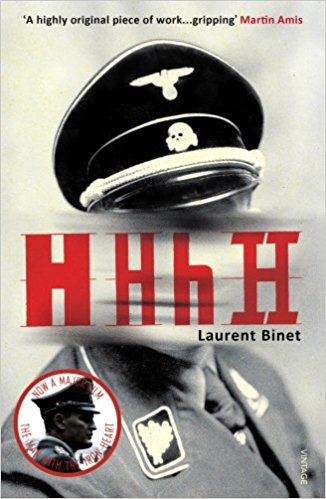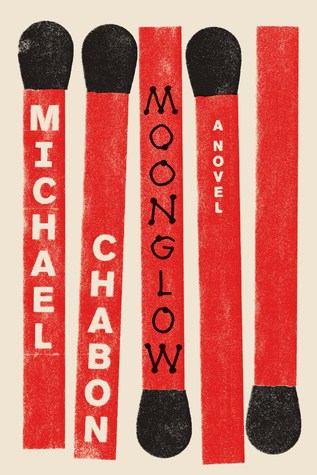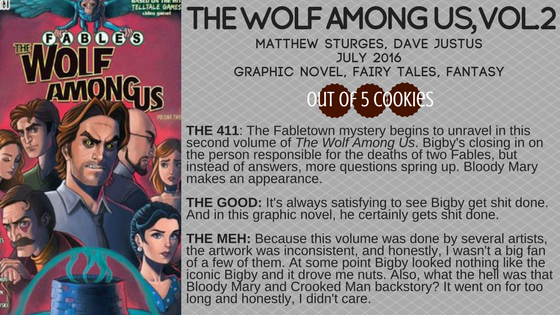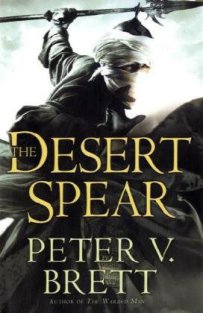
‘Two men have been enlisted to kill the head of he Gestapo.
This is Operation Anthropoid, Prague, 1942: two Czechoslovakian parachutists sent on a daring mission by London to assassinate Reinhard Heydrich, chief of the Nazi secret services. His boss is Heinrich Himmler but everyone in the SS says ‘Himmler’s brain is called Heydrich’, which in German spells out HHhH.
All the characters in HHhH are real. All the events depicted are true. But alongside the nerve-shredding preparations for the attack runs another story: when you are a novelist writing about real people, how do you resist the temptation to make things up?’
Like many of the other books on my ‘To Read’ shelf, this book came to me through the help of my local Waterstones. I’d never heard anything about Operation Anthropoid, and even my A Level Nazi Germany class only briefly skimmed over the assassination of Reinhard Heydrich. But, for months whenever I went into town to buy a book or two I would see a small display of HHhH books next to a review written by one of the employees. I must have read that review half a dozen times before I finally gave in and bought the book. At the counter I remember the man congratulated me on my choice and told me that everyone at the store had read and loved the book and it piqued my interest.
Luckily, I came to this book with a keen interest in history, especially that of world war 2 and I didn’t feel at all lost at sea in the keen detail of the story. With the amount of depth the book goes into this can only be a good thing as Binet gives you as many details about both Heydrich and Anthropoid as he can, quarrelling with himself over the minutest details such as the colour of the car Heydrich is driven around in and the confusing coincidence of multiple different people in the story having the same last name. But for me I found this one of the books greatest strengths, because in order to really understand Binet’s urgency and enthusiasm for telling this story you need to be able to feel it yourself, and it is only with this level of immersion that you can fully see the events as they need to be seen.
I said the level of consideration and attention to detail that went into telling this story was one of the books strengths, but for me without doubt the most thrilling and endearing part of this book is the narrative style. The unique tone that Binet adopts, treating the book not as an academic record but more as a verbal explanation of events to a friend allows the book to be far more accessible to the audience and creates an atmosphere that allows for a level of humour not usually found in books of this nature. Binet’s consistent self berating that he is both not doing enough to honour the memories of his characters and doing too much and sacrificing the integrity of the truth of the facts at hand allows for a brilliant insight into the mind of the author and keeps the tale individual to Binet, whilst maintaining an authentic freshness for the reader. The scenes where Binet gripes over the uselessness of the Sten gun and repeatedly criticises those nefarious betrayers that crop up so frequently in the pages of such a bloodsoaked history gave the reader a chance to recover from the heavy pain of the Nazi’s bloodlust and allowed curiosity for the story to breed healthily.
In summary, I feel confident in saying this is the best historical novel I have ever read and that I will enjoy rereading it many times in the future. It has also reignited my love of the past and I can say with certainty that the next time I take my usual trip into Waterstones I will do so with a happy and lively dose of inquisitiveness that will take me straight to the history section.






